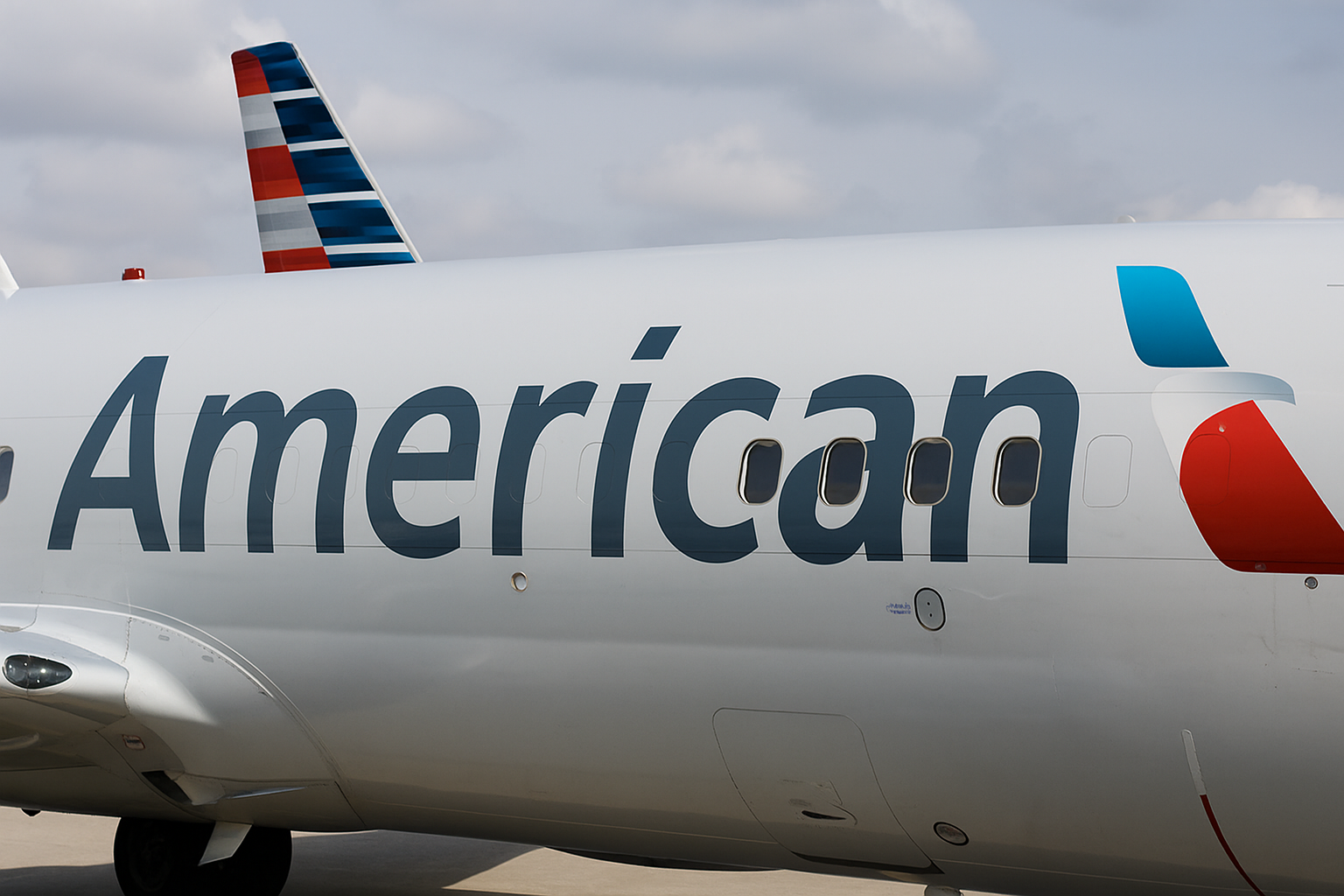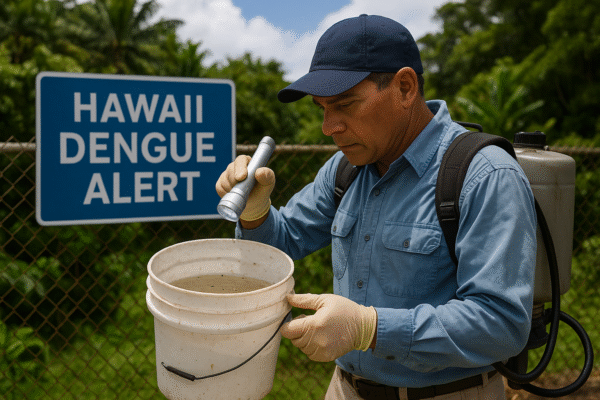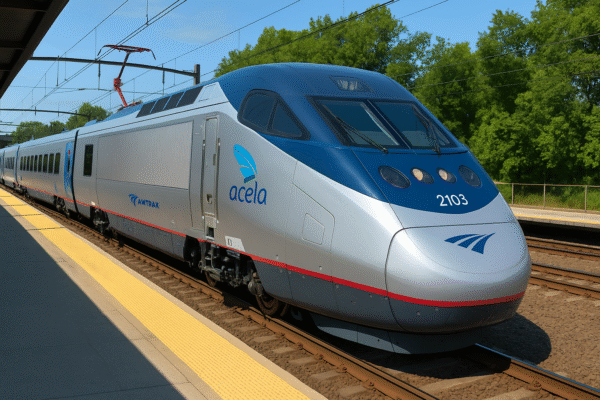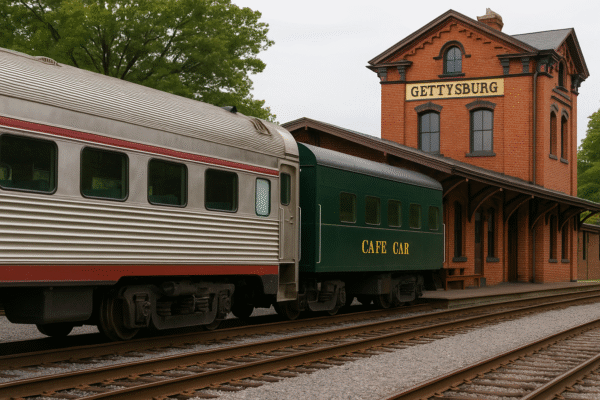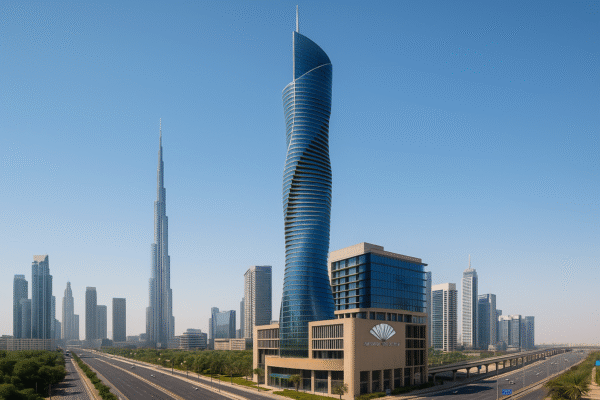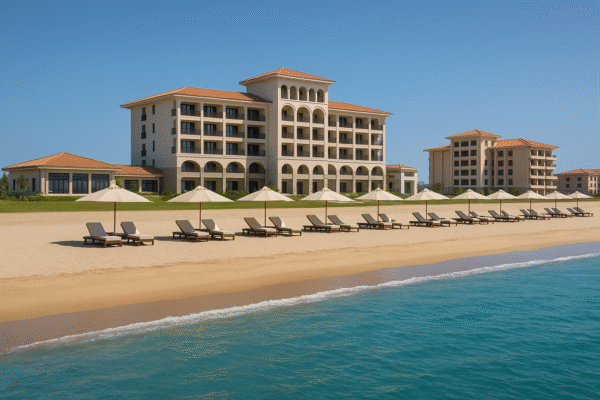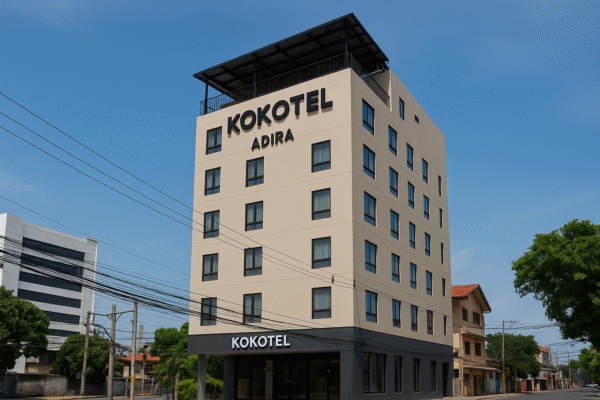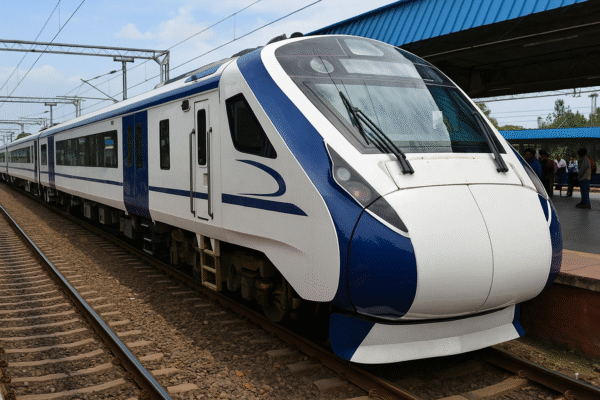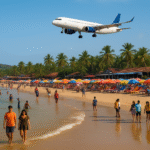On 10 August 2025, Prime Minister Narendra Modi virtually inaugurated the latest Vande Bharat Express, linking Sri Mata Vaishno Devi Katra (Jammu & Kashmir) with Amritsar (Punjab). This marks the fifth Vande Bharat service in the region, following express routes that already connect Katra and Srinagar as well as Delhi and Katra regions. The new line promises a swift, safe, and comfortable passage that will redefine pilgrimage travel between two of India’s most sacred cities.
Bridging Two Pillar Pilgrimage Hubs
Amritsar, with its world‑renowned Golden Temple, and Katra, revered gateway to Mata Vaishno Devi, together host millions of pilgrims annually. The new train affords seamless connectivity—stopping at Jammu Tawi, Pathankot Cantt, Jalandhar City, and Beas—enabling devotees to traverse both destinations within a single, streamlined trip.
Swift, Safe, and Sustainable
Travel time between Katra and Amritsar now averages 5 hours 35 minutes, a substantial leap from earlier multi-modal, road-heavy journeys. The train—comprising 8 coaches with AC Chair Car and Executive Chair Car classes—operates six days a week (excluding Tuesdays). Fares stand at approximately ₹1,170 for Chair Car and ₹2,085 for Executive Chair Car.
Powering Pilgrimage Tourism and Cultural Exchange
This Vande Bharat route is more than infrastructure—it’s a catalyst for deepening faith-based tourism. It enables Karnataka-bound pilgrims to plan day trips, reduces travel fatigue, and enhances accessibility for the elderly and young alike. The modern amenities, smooth schedule, and efficiency encourage visiting both holy shrines within one trip, enriching experiences for spiritual travelers.
Economic Ripples Beyond Devotion
Beyond the spiritual benefits, the train is poised to stimulate trade and commerce. Amritsar’s booming textile and crafts industries gain improved access to markets, while Jammu’s healthcare and business sectors become more reachable, particularly for urgent medical and business travel. Frequent commuters—whether local entrepreneurs, patients, or tourists—stand to gain from the reliability and efficiency of the new rail service.
Strengthening Regional Connectivity Infrastructure
This launch complements the recent inauguration of the 272‑km Udhampur–Srinagar–Baramulla Rail Link (USBRL), featuring engineering marvels like India’s tallest Chenab bridge and dozens of tunnels and viaducts—ushering in full Kashmir Valley rail integration. The USBRL and the Katra–Amritsar train together highlight the government’s strategic push to interlink faith, commerce, and connectivity across the Himalayas.
Looking Ahead: Expanding Infrastructure Horizons
Further transformative projects are in motion. The proposed Amritsar–Jammu High‑Speed Rail Corridor, envisioned to cut travel duration drastically, is slated for implementation in the decades ahead and promises to further ignite tourism and trade corridors between Punjab and Jammu & Kashmir.
Final Thoughts
The Amritsar–Katra Vande Bharat Express stands as a symbol of modern pilgrimage—where faith meets efficiency, and tradition converges with progress. More than a high-speed train, it embodies a renewed commitment to blending spiritual legacy with contemporary infrastructure, ensuring comfort, security, and connection across regional boundaries.
As daily operations get underway on 11 August 2025, passengers will begin traversing the region’s holy nexus with unprecedented ease—deepening bonds between Punjab and Jammu & Kashmir, while energising regional tourism, trade, and unity.
For more travel news like this, keep reading Global Travel Wire






